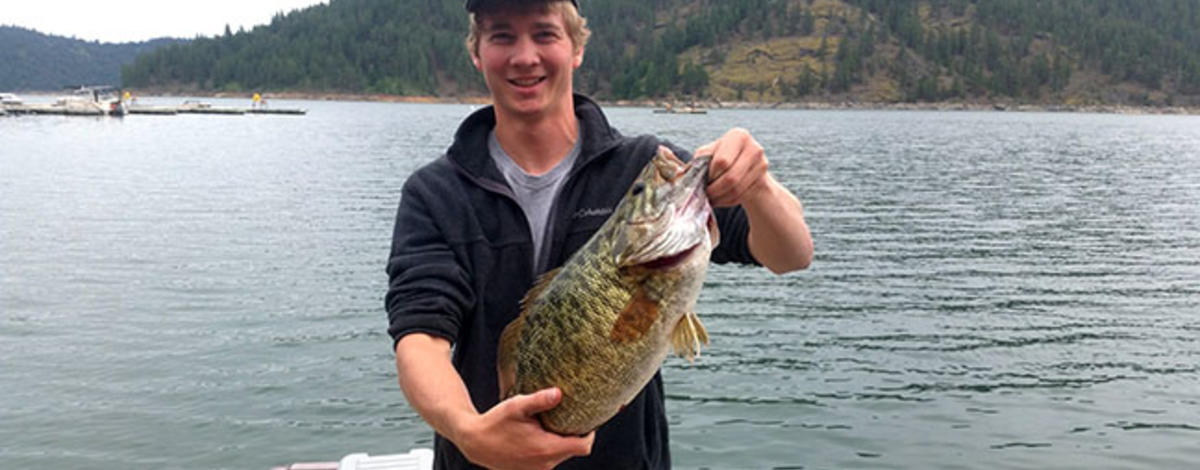With spring well underway and weather improving, many anglers are heading to Dworshak Reservoir, and Fish and Game's fisheries managers have offered their forecast for the upcoming months.
Kokanee
The one constant with reservoir's kokanee population is that it is constantly changing from year to year. Kokanee numbers declined from a record high in 2015 to a typical number last year (around 210,000 fish). This year, we expect the number of kokanee to decline again, to about 150,000 catchable fish. This is lower than typical, but it isn’t uncommon to have fewer than 100,000 fish.
As always, the wildcard is entrainment, or the loss of fish through the dam. High-elevation snowpack is higher than normal this year, and dam operators have been forced to spill more water than normal to make room for the impending run off. This scenario often leads to high entrainment. In response, Fish and Game has already opened a salvage fishery in the North Fork and mainstem Clearwater Rivers below the dam. This doesn’t mean a lot of fish are being entrained, but allows angers the opportunity to salvage fish if and when they are. High entrainment could mean even lower numbers of kokanee in the reservoir.
On the bright side, fewer fish in the reservoir means that the average size should be bigger than normal. In a typical year, 2 year old kokanee average 10 inches by July. Anglers I’ve talked to early this year have been consistently catching 10 ½ inch fish, and fish up to 13 inches are not uncommon. So, if bigger kokanee are more important to you than more kokanee, this should be one of your years.
Smallmouth
If you’re a bass fisherman, you’ve either been fishing Dworshak the last two years, or you’ve been missing out. The smallmouth population has been very healthy and growth of the larger fish has been incredible, particularly during years of high kokanee abundance.
However, with declines in kokanee abundance, we expect the growth of bass to slow. As the big ones that were produced in recent years die off from natural causes, the number of larger fish may go down, as the ones taking their place didn’t have the benefit of feeding in years of high kokanee abundance. But, take heart, kokanee numbers should be expected to go back up again. When they do, expect the bass to grow like crazy.
There are still plenty of bass to catch, including some big ones. Concentrate your fishing effort near creek mouths early in the season. The bigger fish will move into shallow water to spawn by the time the water is 50 degrees. As the water continues to warm, the larger fish will move back out into deeper water, and smaller fish will move up along the banks. As this happens, catch rates will pick up, but average size will go down.

